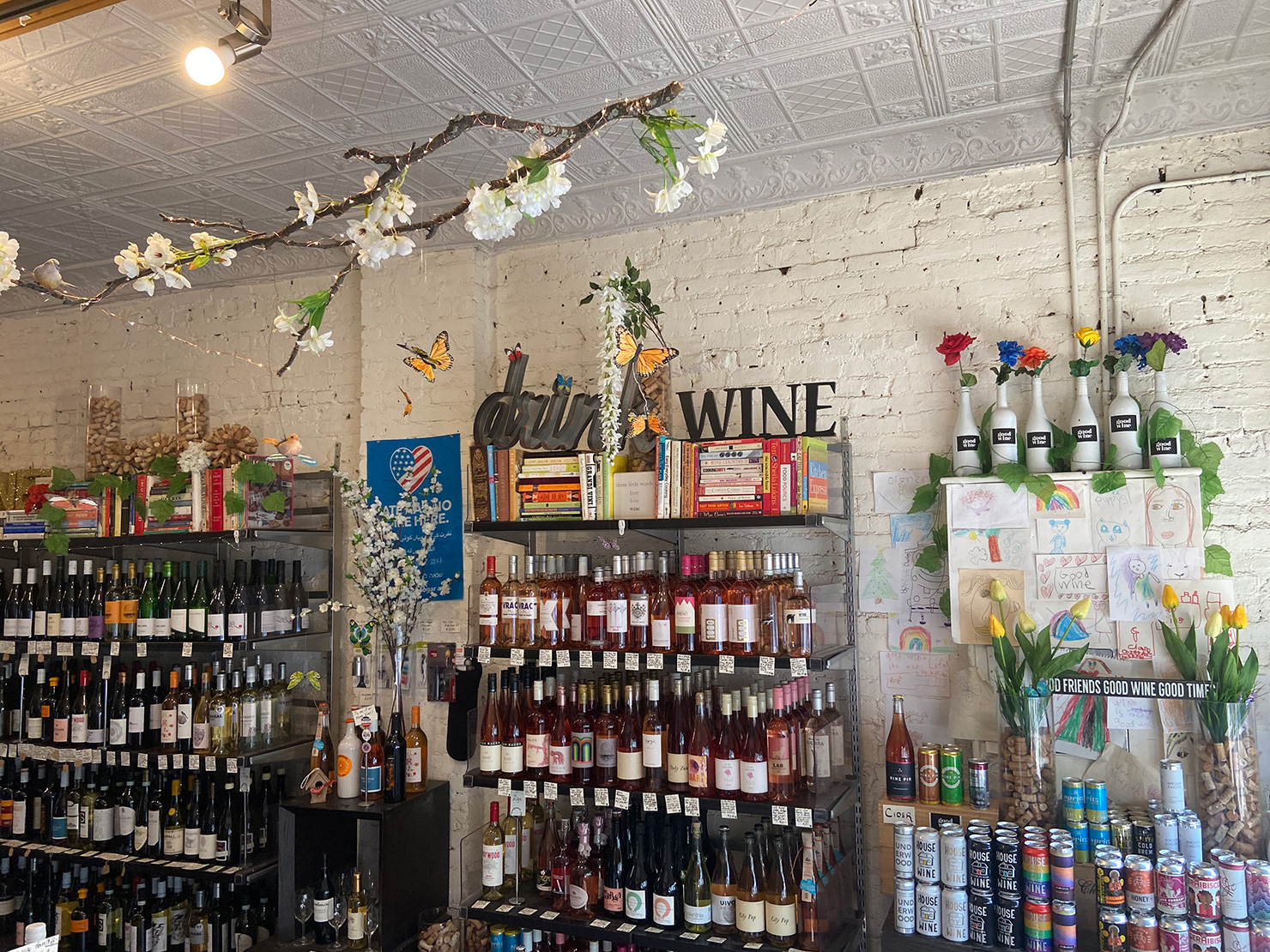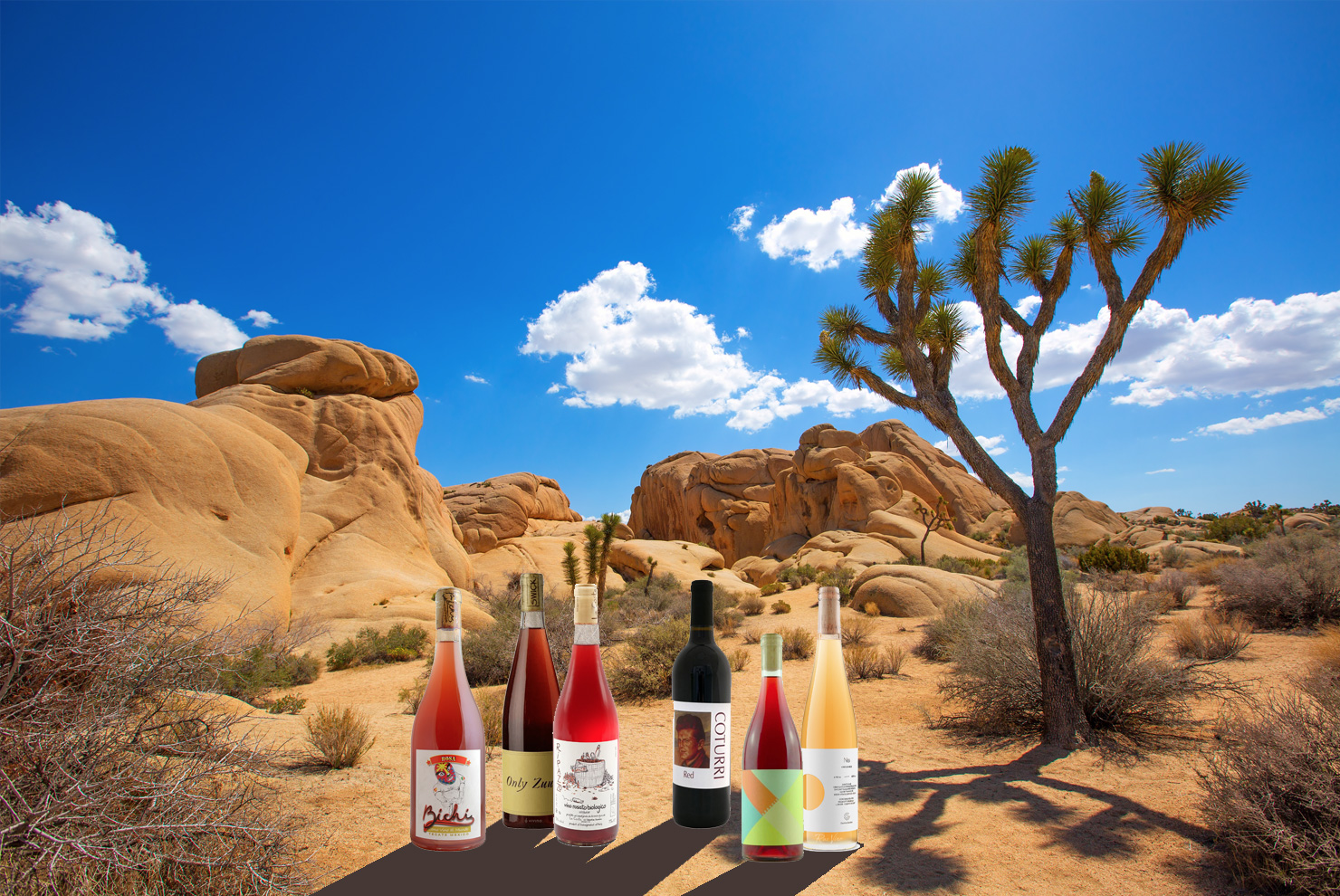It’s a familiar story. Girl gets into food. Girl starts spending all of her money on food: fancy meals out, farmers’ market produce, handmade sourdough loaves, artisanal charcuterie, sustainable seafood, local honey. She can’t stop thinking about, talking about, reading about food. Anthony Bourdain, Michael Pollan, Eric Schlosser, blah, blah, blah. Girl has food “awakening” and becomes even more militant about only buying organic, local, and sustainable products.
But the girl has a blind spot: When it comes to booze, she’ll drink whatever is put in front of her. She does most of her beer and wine shopping at a national grocery chain specializing in “whole foods,” where she routinely spends $17 on a salad-bar dinner, but has never bought a bottle of wine that costs more than $12. Most of the wine she buys tastes like shit.
As the girl continues her journey towards total culinary enlightenment, one day, she realizes that wine, being made from grapes, is an agricultural product, just like that three-dollar avocado she fans atop her savory porridge. She decides to learn as much as she can about wine, and soon discovers that everything stocked in grocery chains is industrial plonk—mass-produced and decidedly unsustainable. Girl vows never to buy grocery-store wine again, and starts shopping exclusively at local wine shops.
One day, the girl steps into Bi-Rite Market, the beloved San Francisco independent grocery store, and, on a lark, scans the wine shelf. Her brain explodes. Martin Texier, Oriol Artigas, Arnot-Roberts, Iruai, Martha Stoumen; all her favorite producers are there.
The girl, dear readers? ‘Twas me.

For foodies in the Bay Area, Bi-Rite is a sacred landmark. When Sam Mogannam took over the Mission District grocery from his father and uncl in 1997, he was a pioneer in the “farm-to-grocery” movement. Bi-Rite showcased local farmers (and proudly labeled where all their fruits and vegetables come from) and artisans: bread bakers, kimchi makers, and many more.
The original location on 18th Street is a tiny, 2,000-square-foot shop that teems with locally grown fruits and vegetables, organic dairy, handmade breads and cheeses, and a prepared food section that I plan to convert into a bunker and live in, in the event of nuclear apocalypse. Their second location opened in 2013, and there are rumors that a third Bi-Rite location is in the works.
If there was going to be one grocery store in the country that does wine right, it was going to be Bi-Rite. Yet their wine program is often overlooked by snobs like me, who never even consider the possibility of buying wine in the same place they buy their dinner. This is a damned shame, because Bi-Rite is one of the best places to shop for wine in the Bay Area, full stop. Indeed, it may be the best grocery store wine program in the country.

The man responsible for Bi-Rite’s wine is Trac Le, who joined the staff in 2009 as “alcohol buyer.” This remarkably unsexy title belies the impressive work he’s been doing for the last decade: stocking delicious yet genre-pushing wines that are both conscientiously made and affordable, launching four fantastic wine clubs, and blending and importing his own Bi-Rite house wines.
I asked Le why most grocery store wine sucks so bad. His response was refreshingly candid.
“Because most don’t have the bandwidth to do it. It takes a lot of work to do what we do,” he tells me. The reason Le’s wines are extraordinary is because they are affordable—the cheapest wine is $10, but the Bi-Rite sweet spot is between $15 and $25—yet still made by small-scale operations. Small-scale operations can’t produce wine in bulk, which means their product is fleeting. “A lot of producers we work with (even if it’s a $12 or $15 wine), the importer might bring in a hundred cases, and we’ll sell it for three months and then it’s gone. And we have to look for something else. That’s a lot of work!” By contrast, “a big, commercial winery will have their wine available year-round. And you only have to do the work once. You bring it in, you fill that spot, and then you’re done.”
Le knows that he’s making things hard for himself. “We want to find the best wine for somebody, even if it might only be here for a limited time.” Luckily Bi-Rite has a remarkably loyal and trusting customer base. “We know that [our customers] trust that, when that one wine is gone, we’ll pick something else that is almost or equally as good for the same price,” he tells me.
Le spends a lot of time thinking about the price of his wines and their perceived value. And he’s not shy about educating his customers about why a wine costs what it does. “You see somebody come in and spend five bucks on two organic avocados, then they ask me if we have any wines for $5!” (To which every reader who has ever worked in grocery wine, or tried to sell wine there, nods their head.)
“Our cheapest wine is $10. It’s almost impossible to find a good one that meets our standard of sustainability for under $10. The economics don’t work out. So we just have to talk to them: ‘You know, we don’t have anything like a Two-Buck Chuck, but we do have this great $10 wine and reason why it’s delicious is because it’s farmed sustainably, it’s made without additives, but it’s from a region where it’s inexpensive to grow red grapes. So, the producer owns the land…’”

The recurring theme in Le’s work is difficulty; he makes things hard for himself in so many ways. It’s a lot of work to educate every customer who walks into your store about the macroeconomic reasons why wine shouldn’t cost $3, but Le is up for the challenge. He tries to make sure that a wine specialist is on the floor at all times to answer guests’ questions, and has a staff of seven split between the two Bi-Rite locations. “Our customers are very smart,” he says. “Luckily we have a great produce program, and people understand how that works. So it’s easier to understand how our wine is selected. We tell them how much cork costs, and how much glass costs, and how much it costs to pay someone a fair wage to farm.”
The upshot of all this customer education is that Bi-Rite shoppers trust Le, and are willing to try some weird shit. As it turns out, the same shopper who’s into Buddha’s hand citrus or romanesco is also willing to buy unfamiliar wines with unpronounceable names. I asked Le if there were any surprise hits in his store recently, and he mentions Blue Danube, an importer of Austrian, Hungarian, Croatian, and Slovenian wines. “The more offbeat, the better it sells! We have this wine called ‘Črnko’; it’s a blend of all sorts of varietals of white and red. Something that Retail 101 tells you is never going to sell because it’s really it’s not a recognizable variety, you can’t pronounce it, you don’t know what it is, and it comes in big, liter-size bottles. But it’s been a big hit for us, and I’m so happy our customers are supporting something like that.”

Le has also leveraged that consumer trust and loyalty into several successful wine clubs (a six-bottle “Discovery Club,” three-bottle white and red clubs, and a three-bottle, $125 “Reserve Club”) as well as a Bi-Rite house wine label, which includes a pinot noir, chardonnay, and rosé made by Samantha Sheehan at Poe Wines, and a Côtes du Rhône brought in by Beaune Imports. Le is especially proud of his work with Sheehan. Before he started working at Bi-Rite, they had a private label, but it was mostly just leftover wine from a rotating cast of winemakers. “It was almost bulk wine. And I said, ‘We’re Bi-Rite; we can’t sell bulk wine!’ We need to have a partnership with a winemaker who we believe in who makes great wine. Who has the same kind of ethos that we do when it comes to farming, and who makes a wine we’re proud of. That we want to drink, not just make a margin on.” The Bi-Rite house wines are Le’s year-round bestsellers, which reinforces just how much shoppers value the Bi-Rite name.
That said, there is more to Bi-Rite’s wine program than sustainable wines priced affordably. “You know what is weird? We have all this allocated wine: Jamet, Clos Rougeard, stuff like that. We put it on the shelf and it doesn’t move. You’d think that Raveneau would be gone within the week, right? Nope.” Le admits that he’s bummed that many of his high-end offerings, like his bottles of Savart Champagne, only get scooped up when wine directors stop by. “If I was in a wine shop, they’d be gone in an instant!” he laughs. “But people don’t think of us that way. I’m trying to figure out how to sell our cool, allocated wine better.”
I, by contrast, debated even mentioning Bi-Rite’s not-at-all-secret secret stash of rare bottles. But, the spirit of fairness (and a little friendly competition to see who can scoop them up fastest) prevailed: Let the race to Bi-Rite begin.
Bi-Rite Market has multiple locations in San Francisco. Visit their official website and follow them on Facebook, Twitter, and Instagram.
Emily Timberlake is an Oakland-based writer and editor whose work has appeared in Life & Thyme, Taste, and the Los Angeles Times. This is Emily Timberlake’s first feature for Sprudge.
Photos by Peterson Harter

























